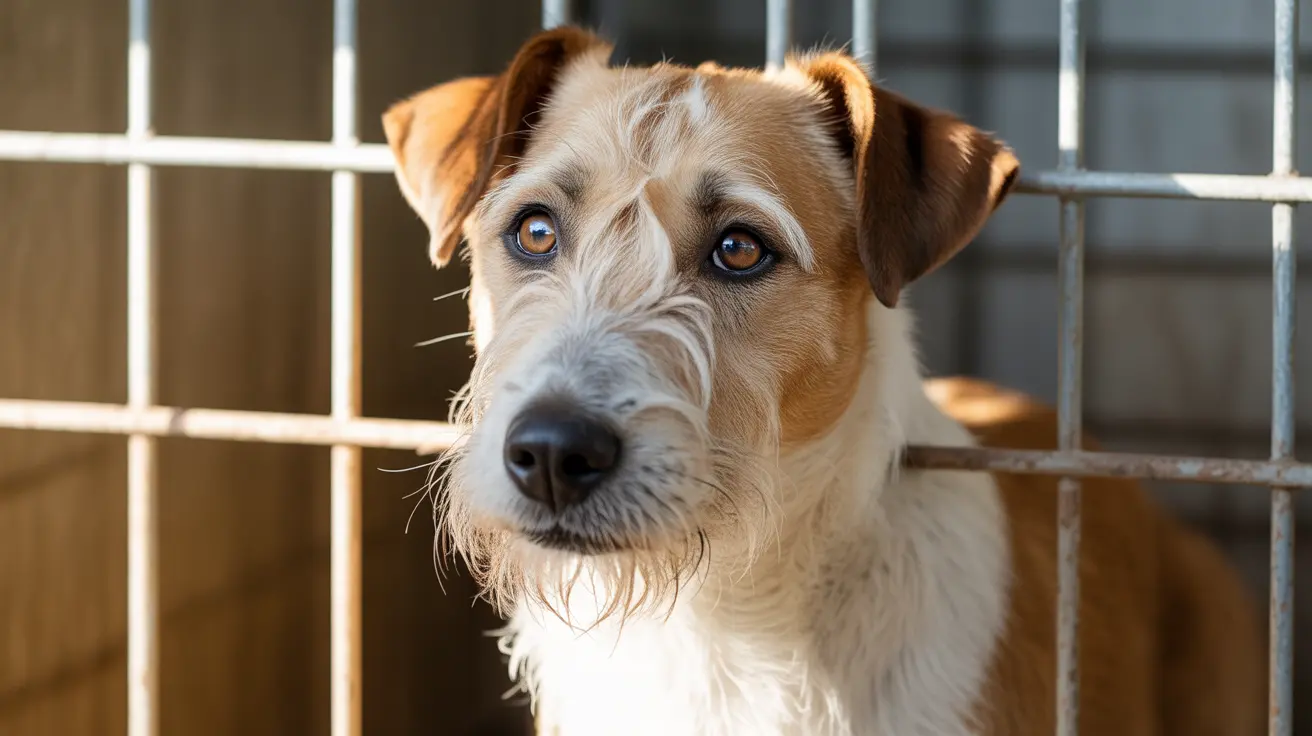What to Do If You Can't Afford Dog Food
Owning a dog is a rewarding but sometimes expensive responsibility. If you find yourself struggling financially and wondering what to do if you don't have money for dog food, know that you're not alone. Many pet owners face temporary hardships, and there are resources and strategies to ensure your furry friend doesn't go hungry.
1. Utilize Local Resources
There are organizations dedicated to helping pet owners through tough times. Consider reaching out to:
- Animal shelters and humane societies: They often have donation-based pet pantries or might know where you can find assistance.
- Food banks: Some human food banks also supply pet food.
- Pet food pantries: These services are specifically designed to help pet owners in financial distress.
2. Contact Local Veterinarians or Rescue Groups
Vets and rescues frequently collaborate with charitable programs. They might have access to donated food or can direct you to trustworthy organizations that can help.
3. Ask Friends, Family, or Your Community
Reaching out to your support network can be a temporary fix. Online platforms like neighborhood social networks or community bulletin boards may also connect you to helpful locals.
4. Consider Temporary Diet Alternatives
If you don’t have commercial dog food and can't get it immediately, you might have basic ingredients at home that are safe for dogs. While this is not a long-term solution, it can be a stopgap for a day or two. Safe ingredients include:
- Plain cooked rice
- Boiled chicken (no bones, skin, or seasoning)
- Oatmeal
- Carrots or green beans (chopped and cooked)
Warning: Avoid feeding dogs chocolate, onions, garlic, grapes, raisins, seasoned meats, and other toxic substances.
5. Apply for Financial Aid Programs
Several national charities provide financial support or food to pet owners in need, such as:
- Pet Food Stamps
- RedRover Relief
- Brown Dog Foundation
Eligibility often requires proof of income or temporary hardship. Check each program for details.
6. Look for Pet-Friendly Giving Programs
Retailers and brands sometimes organize pet food donation initiatives. Keep an eye out for:
- Special events at pet stores
- “Buy one, give one” promotions
- Manufacturer coupons from pet food companies
7. Explore Long-Term Solutions
If affording pet food is a recurring issue, it might be time to look at budget-friendly strategies:
- Buy in bulk: Larger quantities often cost less per serving.
- Switch to economical but nutritious brands: Research brands that offer balanced nutrition for a lower cost.
- Home-cooking in batches: Preparing pet-safe meals in large batches can reduce costs and waste.
8. Don't Abandon Your Pet
In difficult times, surrendering a pet may seem like the only option—but it rarely is. Surrender should be the last resort after exploring all other avenues. Many shelters are overwhelmed already, and many organizations exist to help pet owners persevere during hard periods.
Compassion and Planning Make a Difference
Financial hardship can be overwhelming, but it doesn’t mean you have to face it alone. Your dog depends on you for care, safety, and nutrition. Seeking help is a responsible and admirable choice. With community support and proactive planning, you can ride out the storm while keeping your beloved pet safe and nourished.





